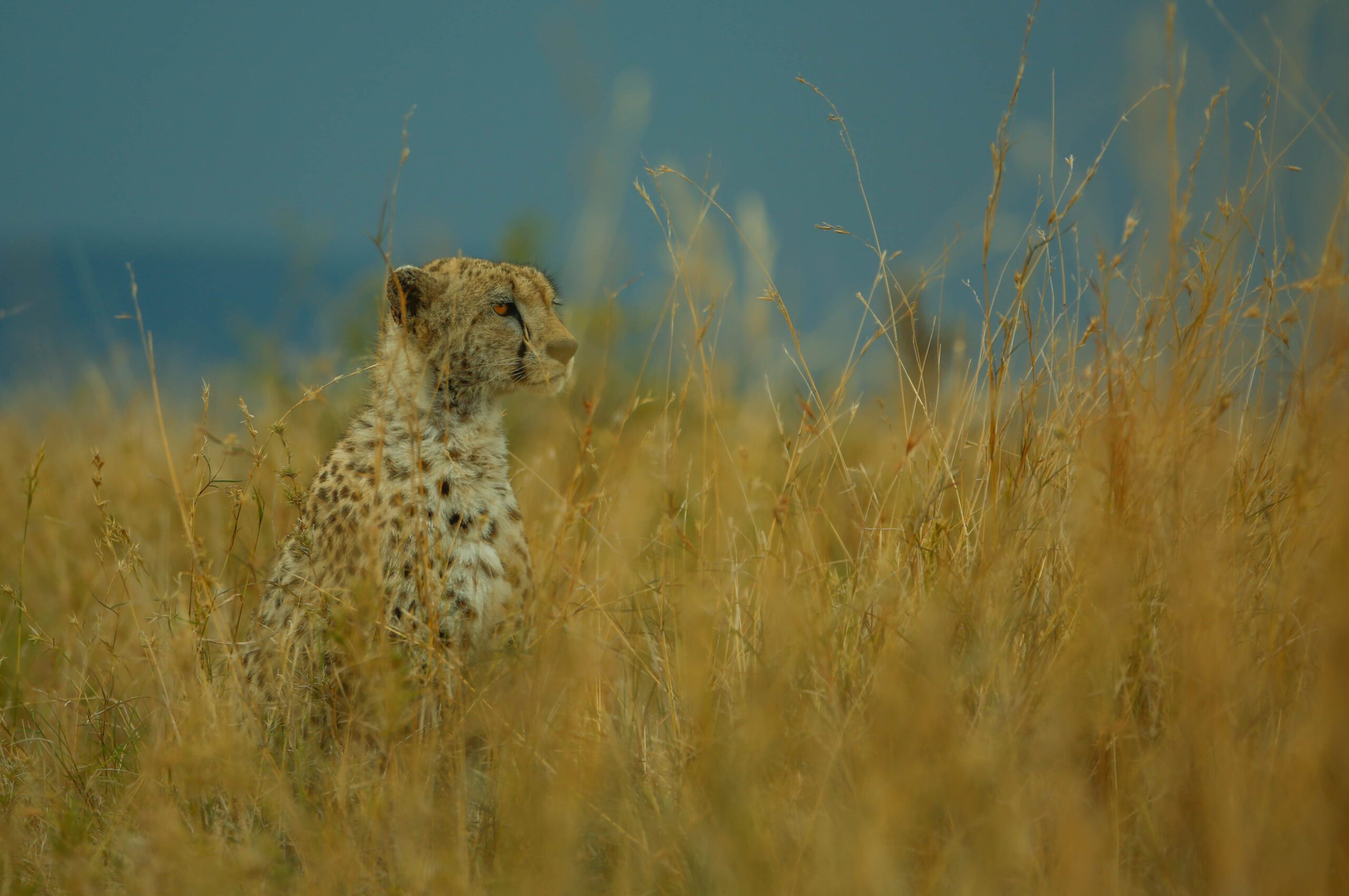
You have probably dreamed about Africa and most likely the Serengeti when you have.
The Serengeti has been the setting for countless wildlife films, and for good reason, it is the site of the Great Migration and might very well be one of the last truly outstanding natural phenomena on the planet.

In the roughly 15,000 square kilometers of Serengeti National Park, which is a World Heritage Site, live over 2 million ungulates, 4,000 lions, 1,000 leopards, 550 cheetahs, and about 500 different species of birds.
Explore the endless Serengeti plains, which are dotted with trees and kopjes from which majestic lions rule their domain, be in awe of the Great Migration; or track down an elusive leopard in a riverine forest by joining us on a safari. Or perhaps go on a hot air balloon safari at sunrise to fly over the plains and observe everything from a bird’s eye perspective.
There are lodging options for every budget, and the sound of roaring lions at night is free.

You probably have a lot of inquiries if you’re organizing a safari to Serengeti National Park. It makes sense that you would want it to be the trip of a lifetime, and it will be. Why? Few locations still have such pristine natural beauty, thrilling wildlife, and top-notch safari lodges and camps.
In addition, we are ready to help. If only to pique your interest in taking a Serengeti safari, we would like to give you a little more background information and respond to any queries you may have.
As you read more about your safari trip in the sections below, start creating your bucket list. Find a query unresolved? Please contact us, and we will be happy to help!
The following are automatically Included in your final price for a Safari we have elaborated more about the Specifics of what is included on what basis on every package
Breakfasts are typically buffet “British” breakfasts at Tanzania Safari Tours. Omelets, potatoes, bacon/sausage (which is more like a hot dog), toast, cereals, etc. are all included.
In Tanzania, lunch typically consists of cold chicken, yogurt, juice, hard-boiled eggs, raw vegetables, and some sort of baked cake or cookie. You will be fed meat, potatoes or rice, and vegetarian meals for dinner.
Travel with Norbert Safaris advises visiting Tanzania throughout the year. However, the dry season (late June to October) offers the best climatic conditions, with clear skies and low humidity, making it the best time for safaris in Tanzania or for climbing Kilimanjaro or other mountains.
Due to its proximity to the equator, Tanzania experiences seasonal temperature variations. Although it is usually warm here, temperatures can drop sharply during and after rainstorms as well as at night. The coastal region experiences year-round heat and humidity.
Yes! With us, you can undoubtedly create a custom travel itinerary. We offer private Tanzania safari tours that are tailored to your requirements. You can consult our travel specialists for help creating the ideal Tanzania safari itinerary.
They can advise you on the locations of your choice. We also give our clients’ safety and cleanliness the utmost attention. When booking a safari, you can request the food of your choosing based on your suggestions.
You can most definitely bring your kids on safari. However, you should be aware that most national parks and lodges have a minimum age requirement of between 3 and 12 years old. You must confirm the age requirements at the various locations on your itinerary with our travel agents because children are not permitted in any safari activities.
Norbert Safaris © 2024. All Rights Reserved